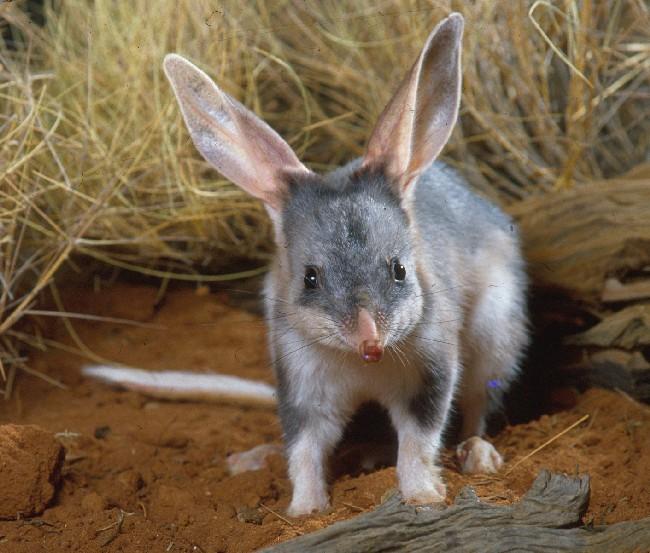|
|
Fauna - FunctionalFauna may be organised into different groupings depending on their function. These functional groups are often described depending on a specific use-case (e.g. management, monitoring or regulation) or to assist with understanding/conceptualising different fauna roles in a system. Examples of different functional groups for fauna may include those centred around diet, such as primary consumers (herbivores), secondary consumers (carnivores), and detritivores, or be shaped around a species and their ability to facilitate different processes in a system, such as ecosystem engineers. Quick facts
Similar to typologies seen in a variety of classification schemes for habitats, there are an almost endless number of ways to organise features of animals into functional groups. However, some of the more common approaches include grouping as specialists or generalists (and groups therein), types of consumer, and keystone species. Specialists and generalistsSpecialists and generalists are grouped depending on their environmental requirements to successfully breed and their interconnectedness with other species within a system[2]. As examples, dingoes often function as generalists, and koalas function as specialists. Dingoes have a wide potential distribution and are opportunistic when it comes to food. They can feed on large variety of food, ranging from small/medium mammals to food waste. Koalas, on the other hand, are specialists because they are adapted to feeding only on eucalyptus species of plants. This means that their distribution is limited by the availability of their food source, and they have a reduced number of interactions or connections with other species within the systems they live in. Primary consumers, secondary consumers and detritivoresFunctional groupings for fauna sometimes consider only their trophic position. At a higher level, this can summarised as primary consumers, secondary consumers and detritivores. Primary consumers are those that source their energy from autotrophs (commonly plants) within a system – these are herbivores. Secondary consumers source their energy from other animals – these are carnivores. Detritivores source their energy from dead, particulate organic matter, such as leaf litter, and have a crucial role in cycling nutrients in a system. Keystone speciesKeystone species are species that have a much greater effect on one or more ecological processes than would be predicted from their abundance or biomass alone[1]. References
Last updated: 16 October 2023 This page should be cited as: Department of Environment, Science and Innovation, Queensland (2023) Fauna - Functional, WetlandInfo website, accessed 8 May 2025. Available at: https://wetlandinfo.des.qld.gov.au/wetlands/ecology/components/biota/fauna/fauna-functional/ |

 — Department of the Environment, Tourism, Science and Innovation
— Department of the Environment, Tourism, Science and Innovation


